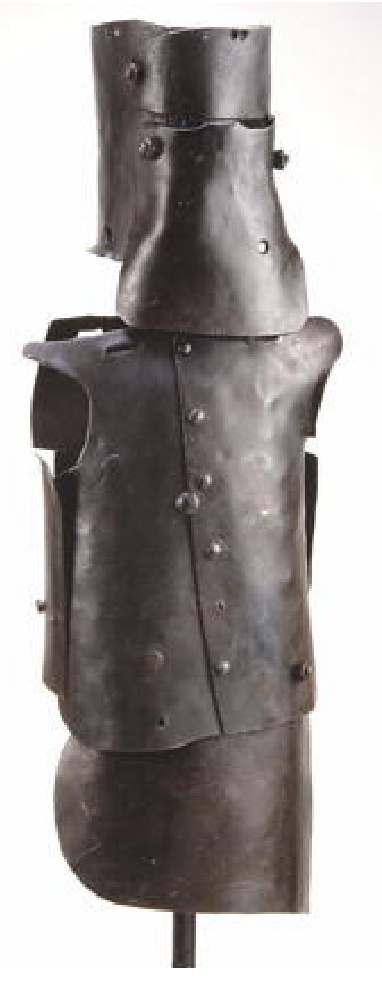What would you say was Australia’s first press photograph? Scenery? A politician? An animal?
The answer is: none of the above.
Taken by J W Lindt in 1880, it is a photograph of bushranger Joe Byrne, strung up on a door outside the jail house in Benalla, Victoria. Byrne is displayed for an unknown photographer and the painter Julian Ashton who is standing to the left with possibly a sketchbook under his arm. Lindt’s photograph captures not only the spectacle of Byrne’s body but the contingent of documentarians who arrived from Melbourne to record and widely disseminate the event for public edification.
Some even took their children . . .
Byrne (1856 – 1880)[1] was a member of the "Kelly Gang", led by Ned Kelly, who were declared outlaws after the murder of three policemen at Stringybark Creek. Despite wearing the improvised body armour for which Ned Kelly and his gang are now famous (and which he is reputed to have designed), Byrne received a fatal gunshot wound from a stray bullet during the gang's final violent confrontation with police at Glenrowan, in June 1880. The bullet severed his femoral artery and he died from loss of blood.
Eyewitnesses at the hotel claimed that a moment before the bullet struck Joe Byrne dead, he offered the toast "Here's to the bold Kelly Gang!". Another report states that he said "Many more years in the bush for the Kelly Gang!".
The day after his death his body was hung on the door of the lock-up at Benalla and photographed by the press. His family did not claim the body, and the police refused to hand it over to sympathisers, fearing a funeral would become a rallying point for the simmering rebellion.
Gallery:
Joe Byrne
Ned Kelly, Dan Kelly,
Steve Hart, Joe Byrne
Joe Byrnes’ armour
Rare portrait of Joe Byrne c 1880, from the original edition of the Illustrated Sydney News.













No comments:
Post a Comment
Note: Only a member of this blog may post a comment.